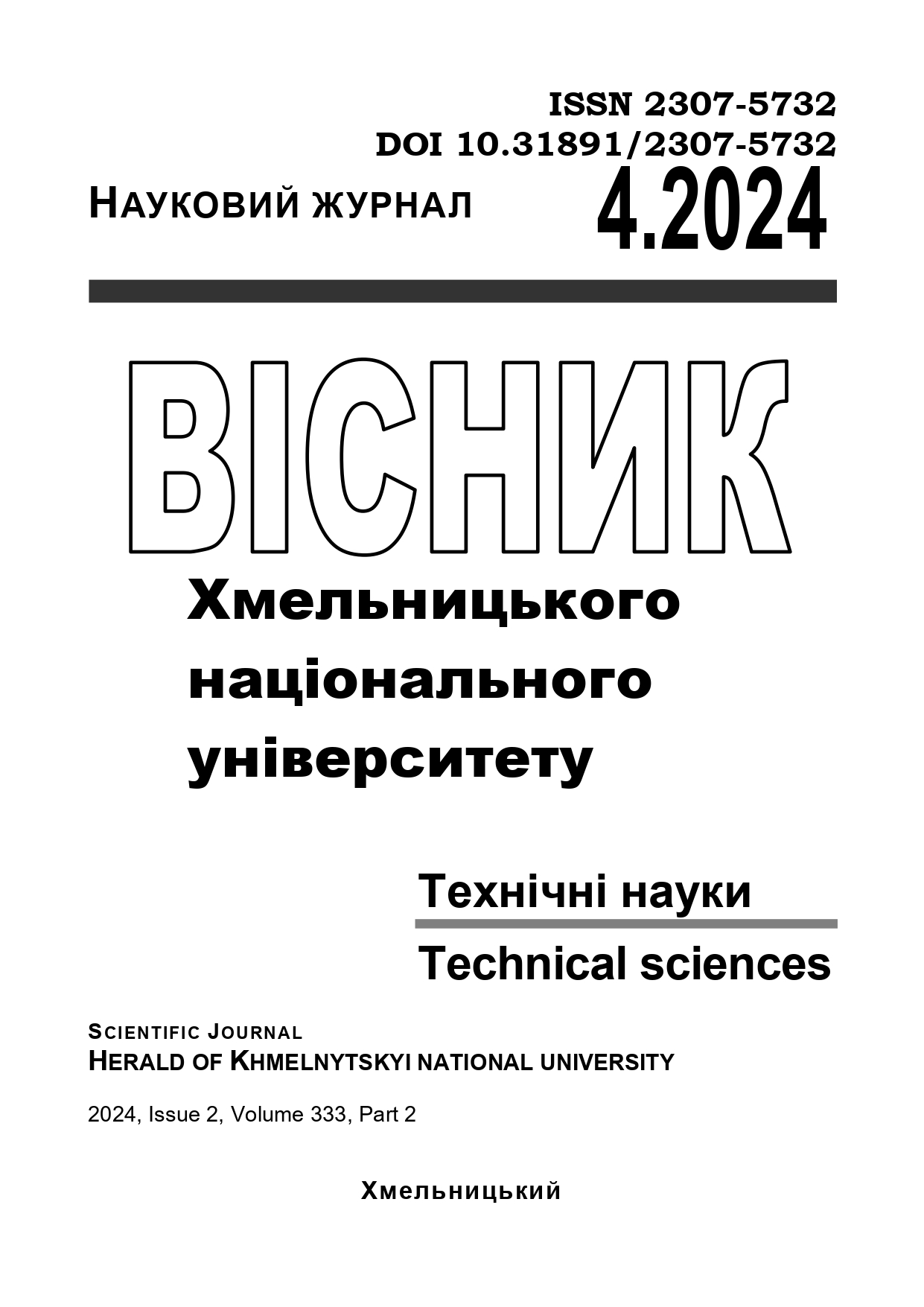ALLOYING STEEL AS AN EFFECTIVE PROTECTION AGAINST CORROSION
DOI:
https://doi.org/10.31891/2307-5732-2024-339-4-42Keywords:
steel corrosion resistance, steel alloying, chromium, nickel, molybdenum, vanadium, copper, passive layer, pitting corrosion, chloride corrosion, electrothermal alloyingAbstract
Steel corrosion is a serious problem for many industries, including construction, mechanical engineering, and other engineering disciplines. This article examines the impact of alloying on enhancing the corrosion resistance of steel by introducing elements such as chromium, nickel, molybdenum, vanadium, and copper into its composition.
The main focus is on the mechanisms of action of each of these alloying elements. Chromium forms a passive oxide layer on the steel surface, which prevents the access of oxygen and moisture, thereby inhibiting corrosion processes. Nickel increases the overall resistance of steel to oxidation and corrosion, especially in aggressive environments such as acids. Molybdenum contributes to the improvement of resistance to pitting and chloride-induced corrosion, reducing the likelihood of corrosion cracking.
The article also analyzes the technological aspects of the alloying process, including electrothermal and metallothermic methods of introducing alloying elements. Special attention is paid to process parameters that affect the quality and uniformity of the distribution of alloying elements in the alloy.
Compared to other methods of protecting steel from corrosion, such as coatings (paints, varnishes, zinc coatings) and the use of corrosion inhibitors, alloying has several advantages. It provides long-term protection and effectively reduces corrosion damage even in the most aggressive operating conditions.
In conclusion, it is summarized that alloying steel is one of the most effective methods of enhancing its corrosion resistance. The correct choice of alloying elements and their concentrations can significantly extend the service life of steel products, reduce maintenance and repair costs. The research results have important practical significance for engineers and technologists, contributing to the development of new materials with improved properties and the improvement of existing steel protection technologies.

